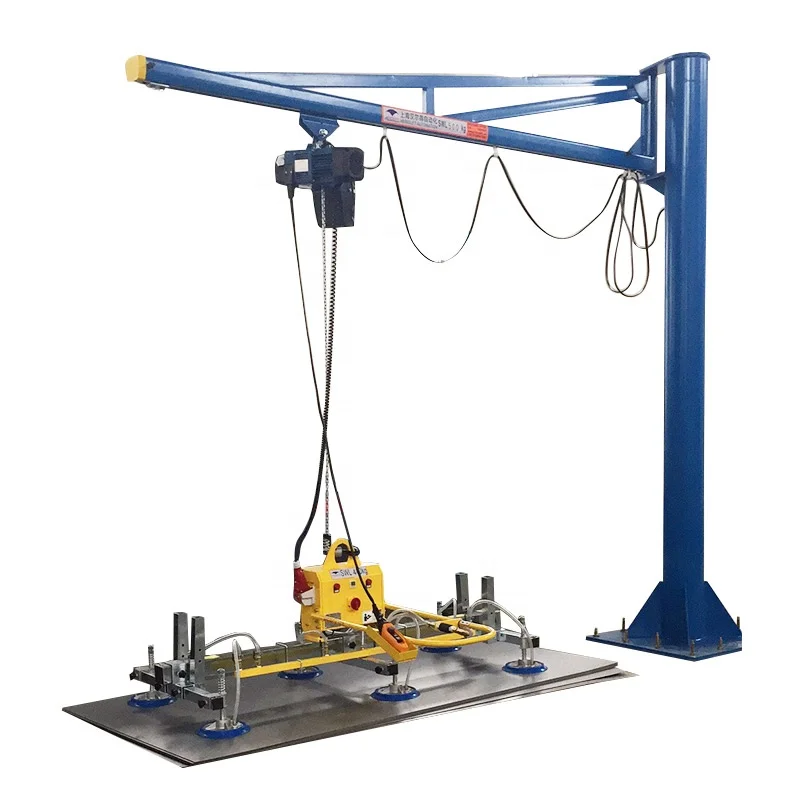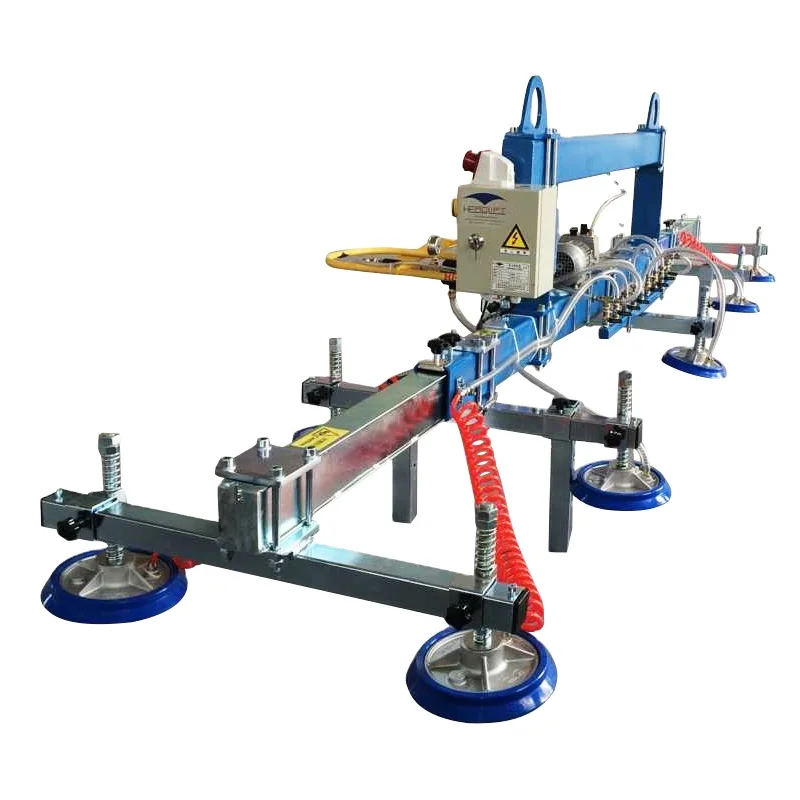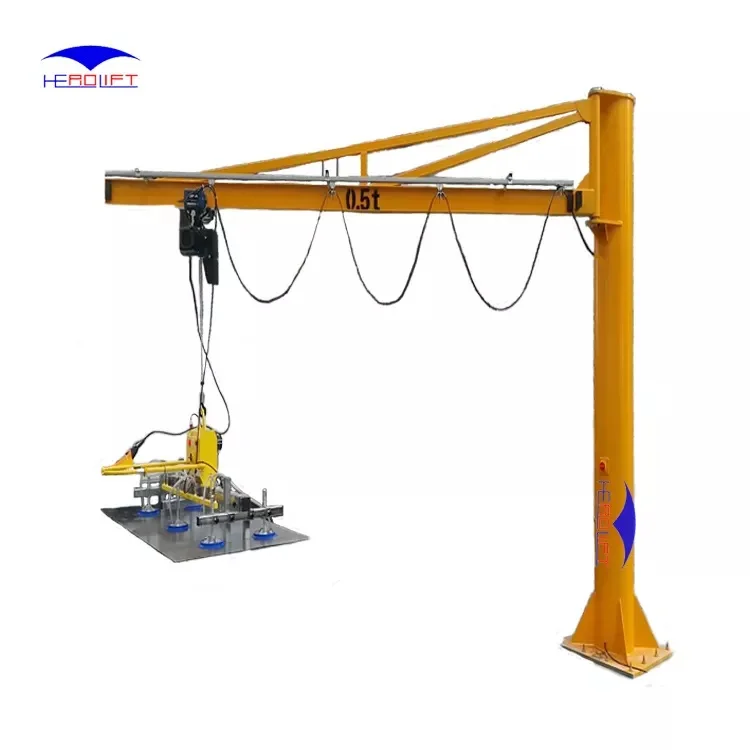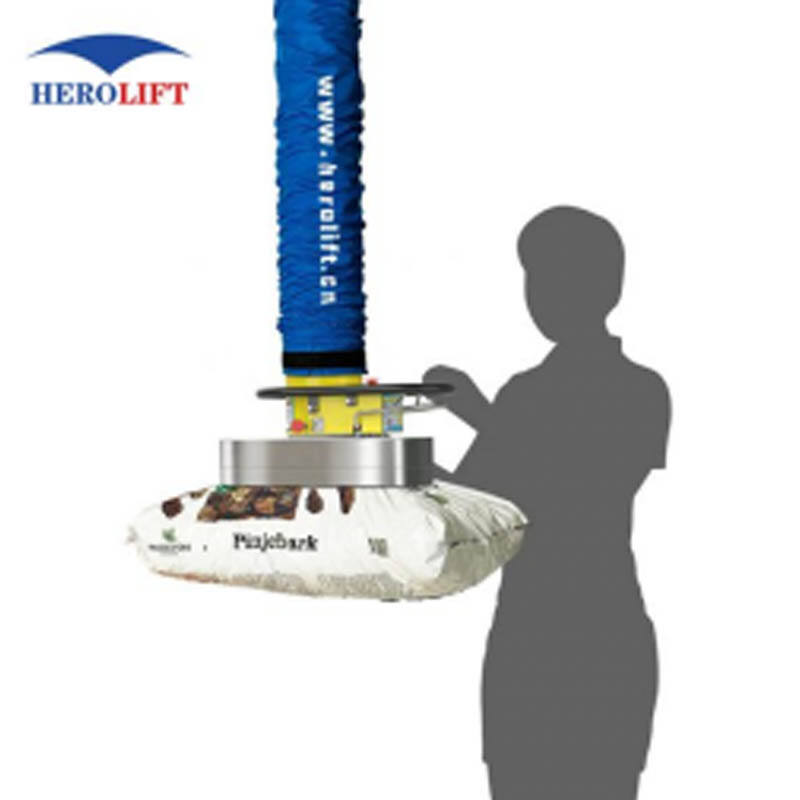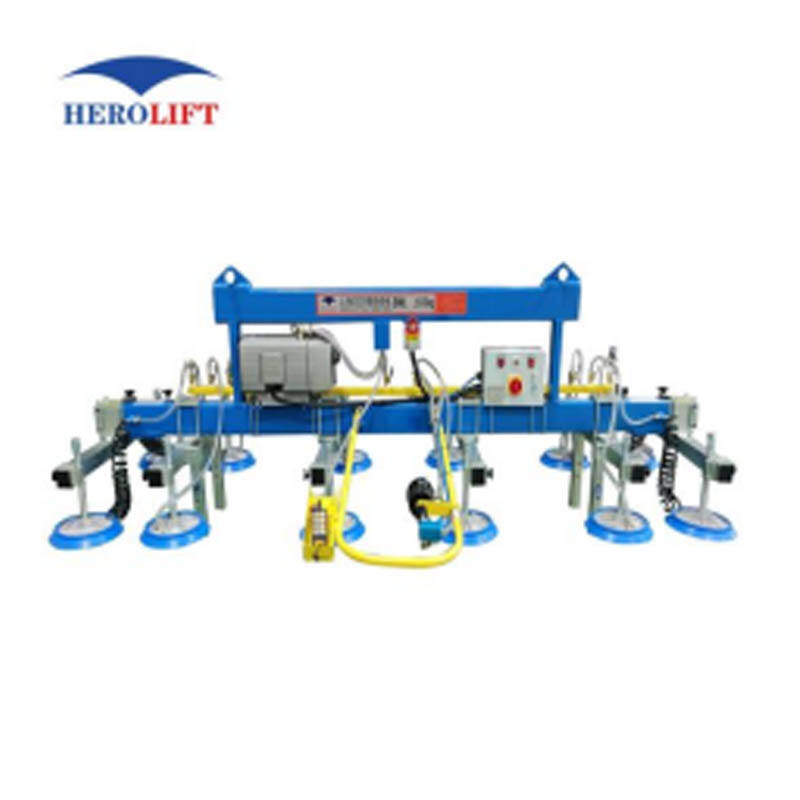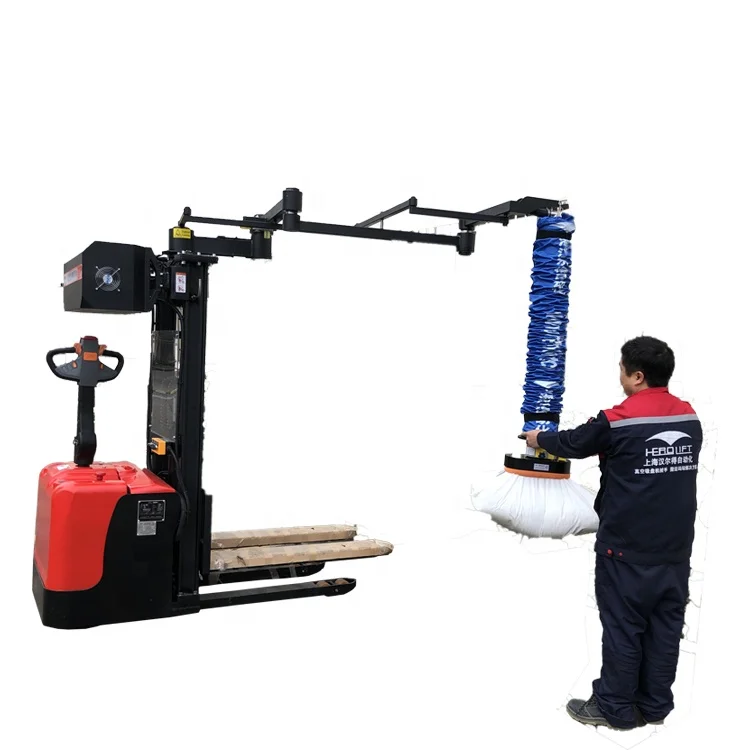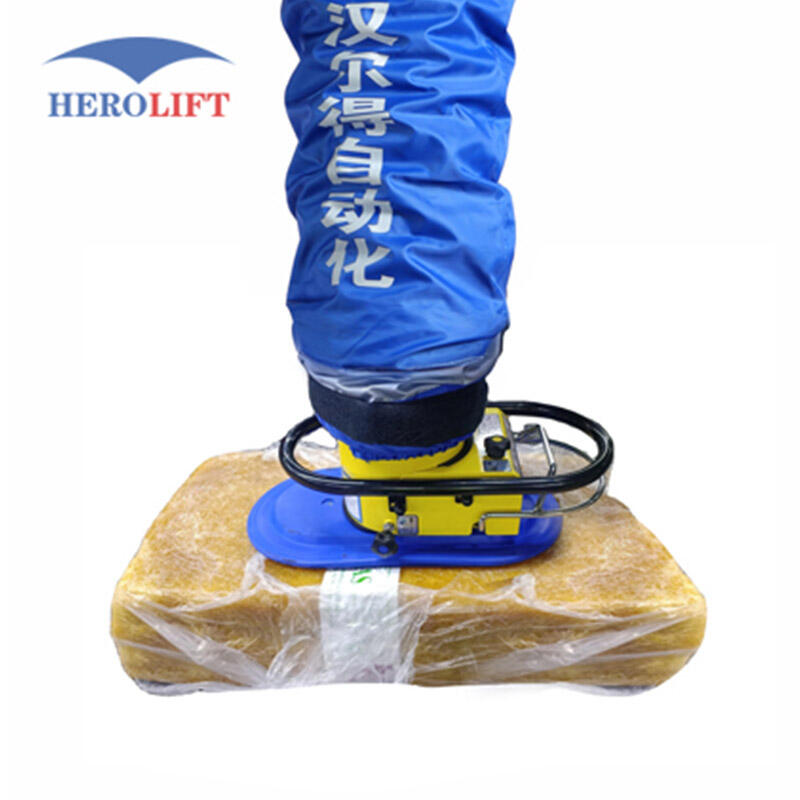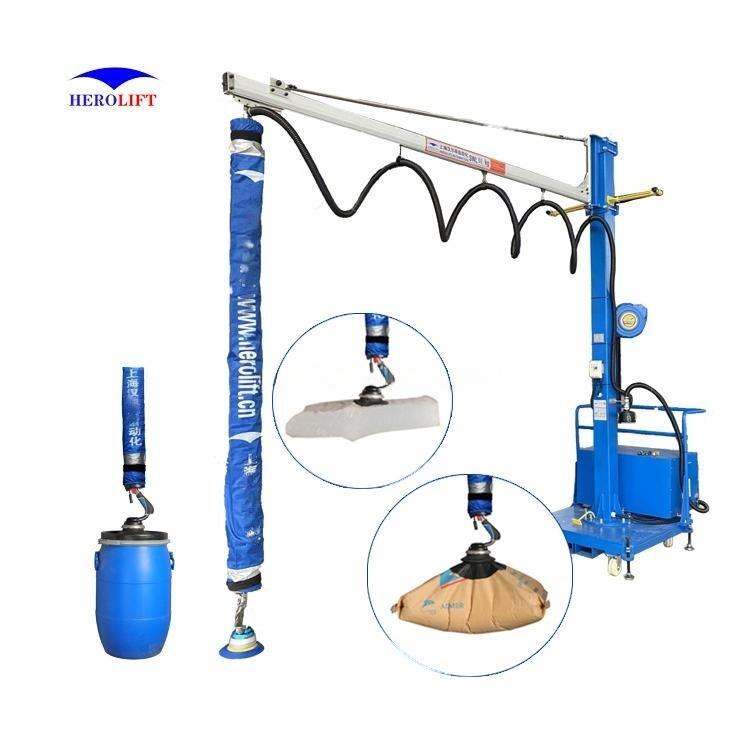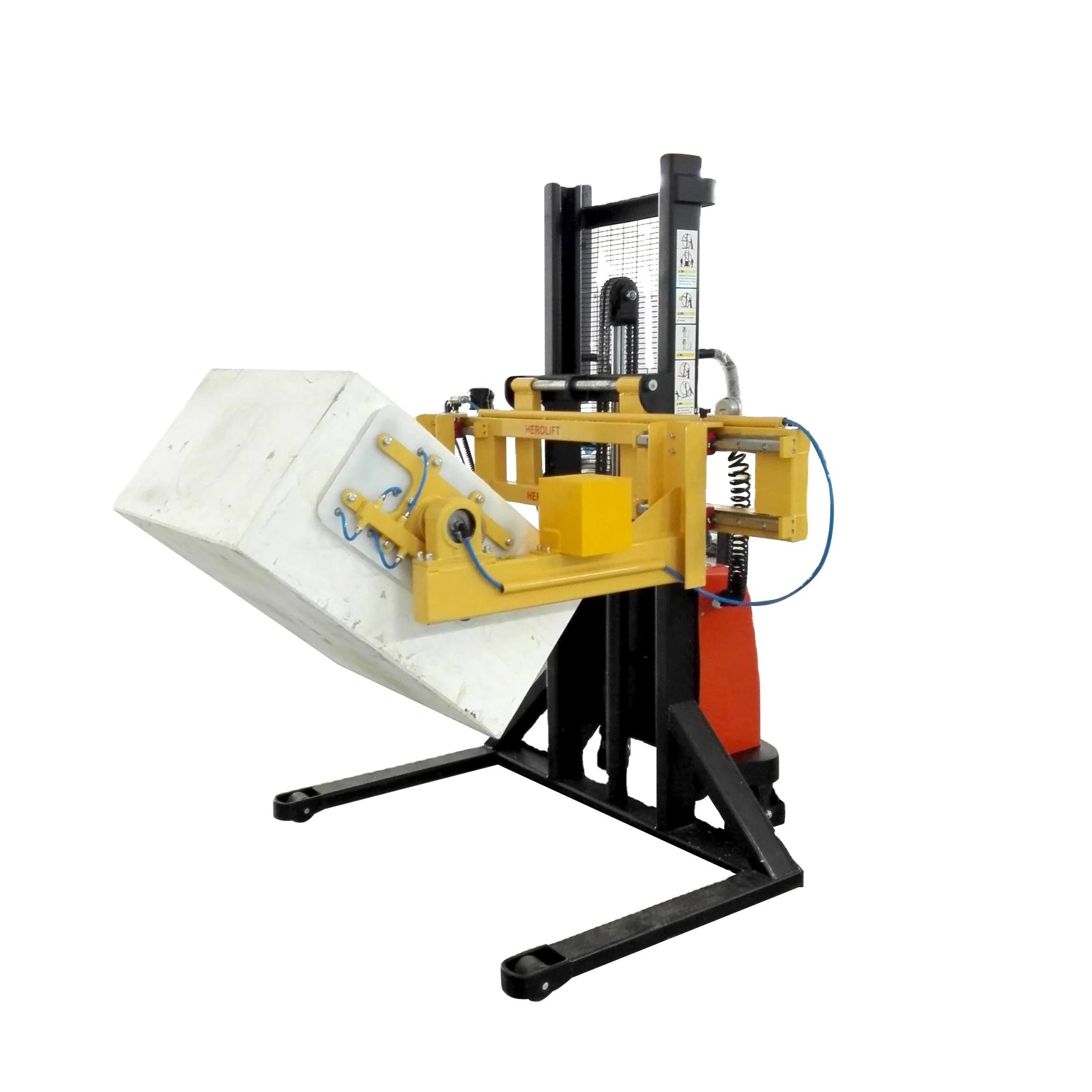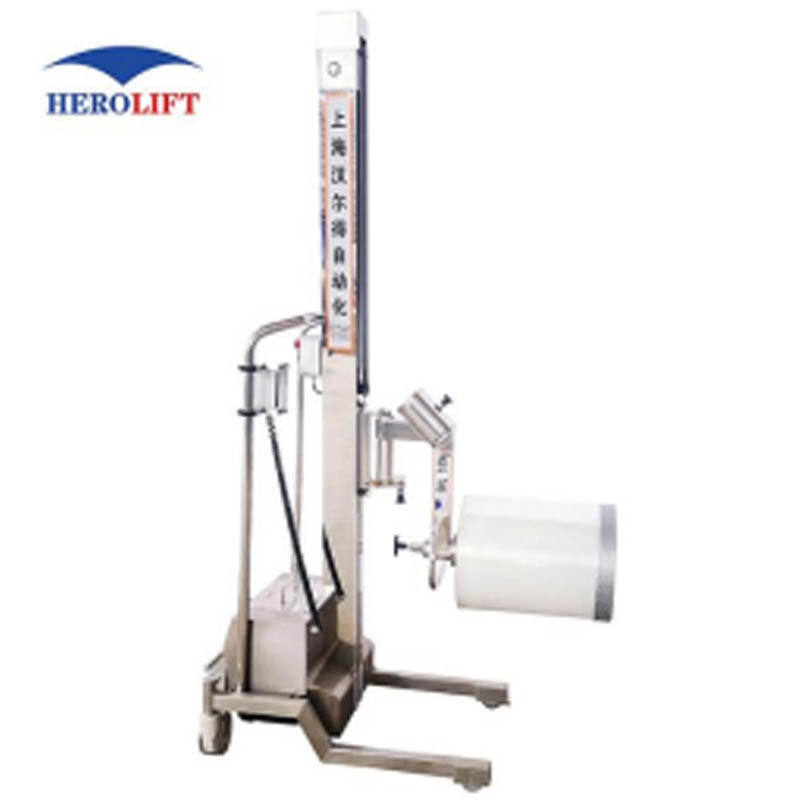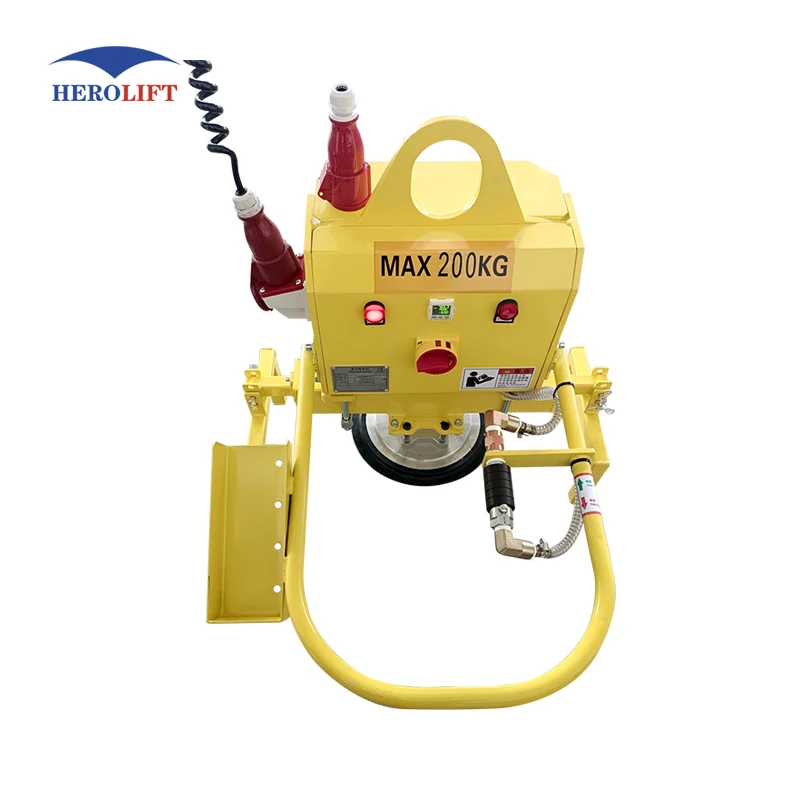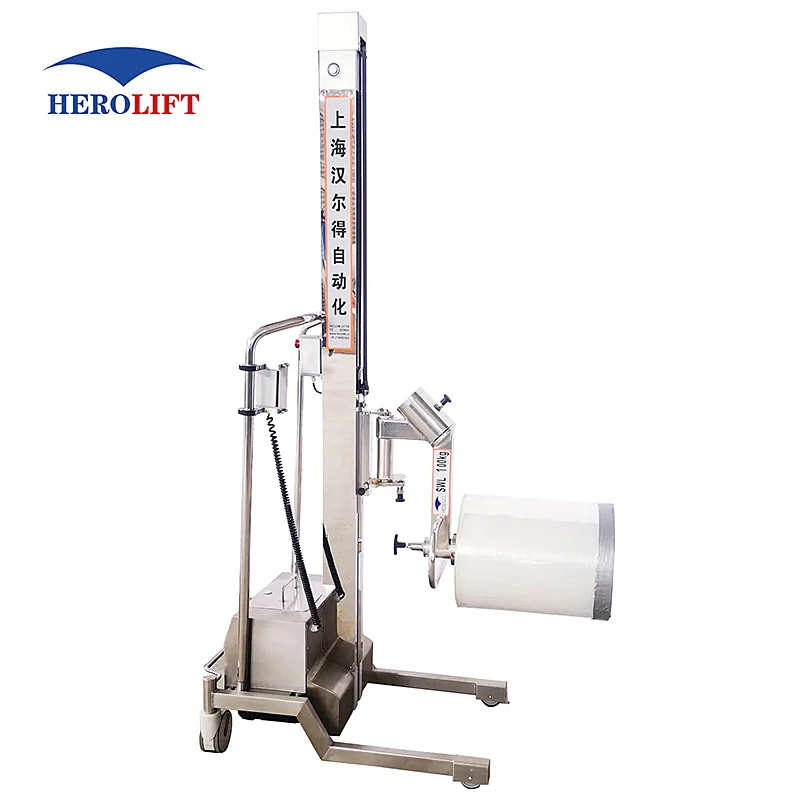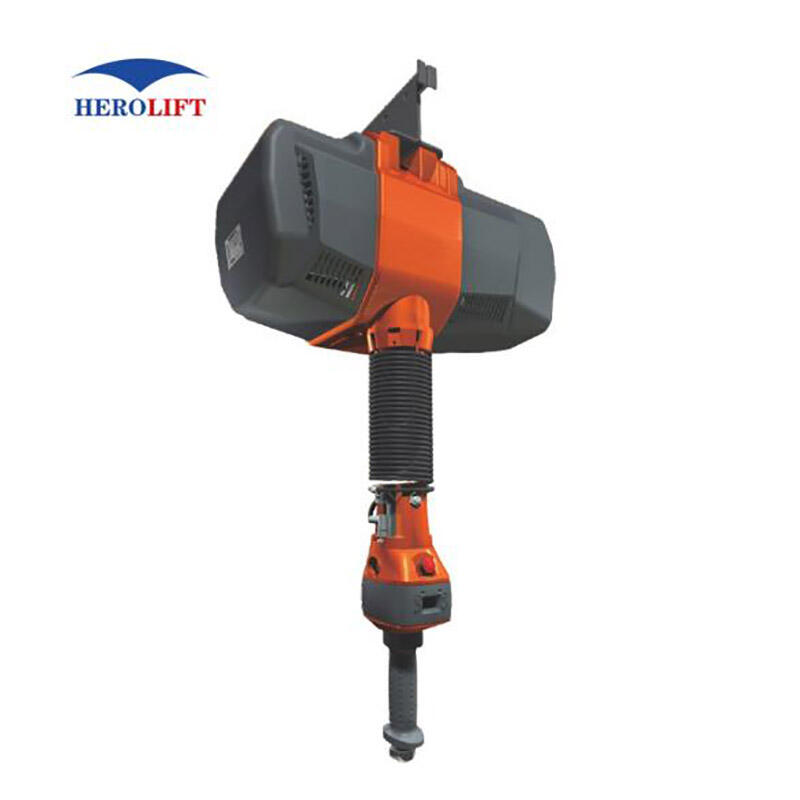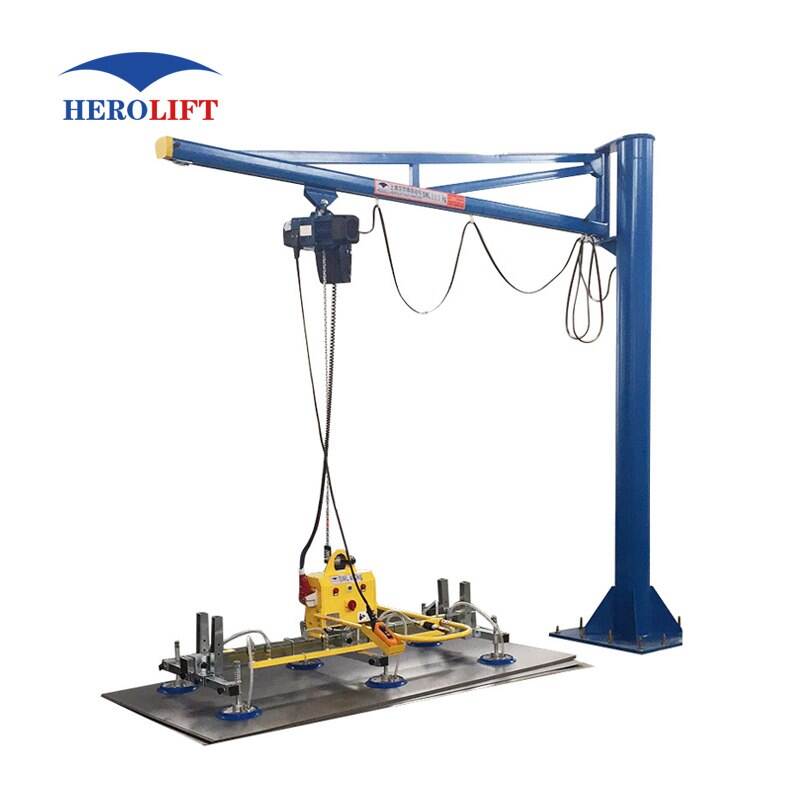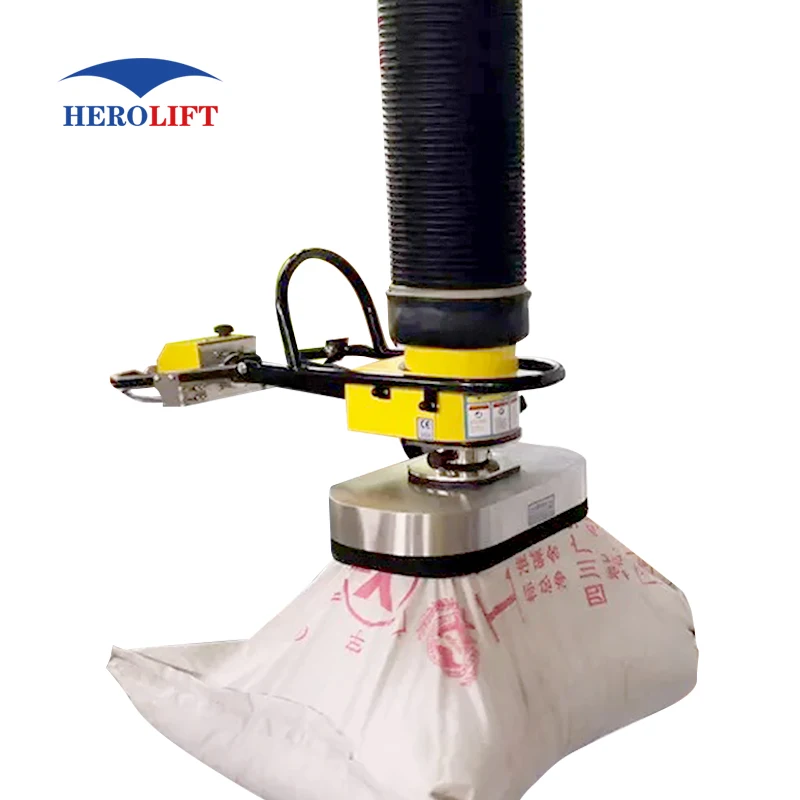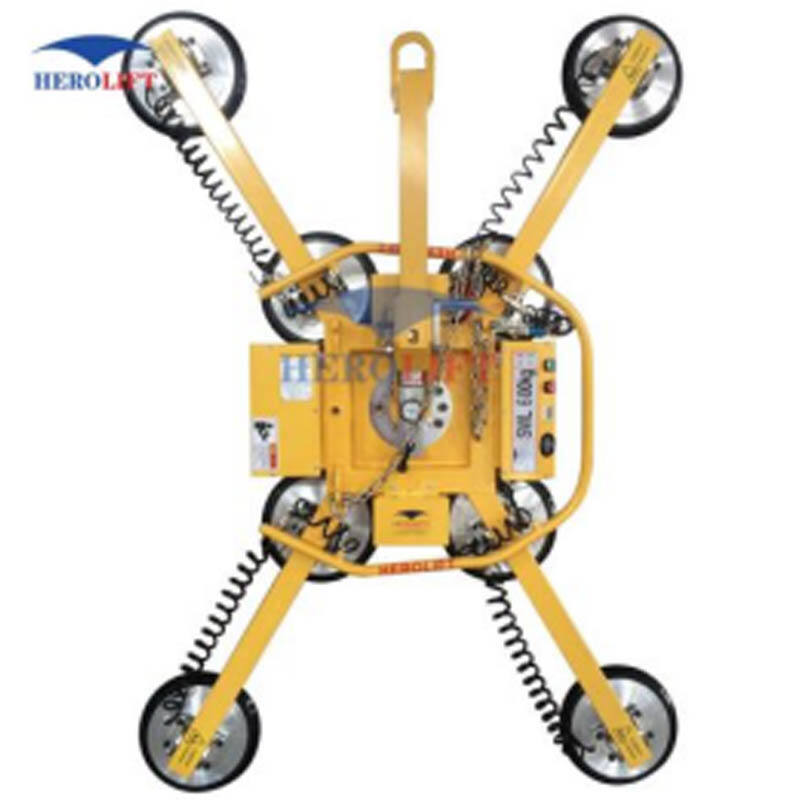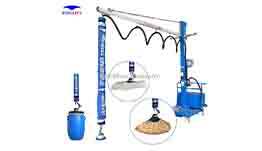Analyse approfondie des ascenseurs et vannes pneumatiques à vide : une étude comparative avec les ascenseurs hydrauliques
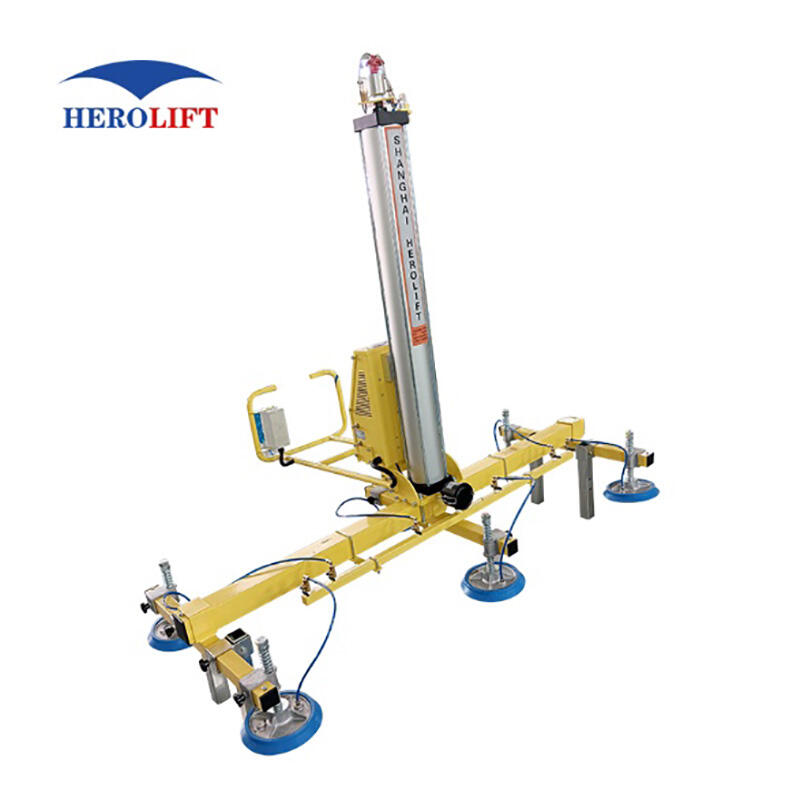
Dans les domaines de la manutention et du transport vertical, les systèmes pneumatiques ont attiré une attention considérable en raison de leur efficacité et de leur adaptabilité. Cet article explore le fonctionnement, les applications et la comparaison de deux composants clés dans ce domaine— pompe à vide pneumatique et vannes—pour obtenir une vue d'ensemble de leurs capacités de performance.
Introduction aux pompes à vide pneumatiques
Un élévateur pneumatique à vide est un dispositif qui utilise la pression de l'air pour soulever et transporter des objets lourds. Il fonctionne en créant un vide qui adhère à la surface de la charge, permettant une manipulation sécurisée et efficace. Ces élévateurs sont particulièrement avantageux dans les industries où les matériaux sont délicats ou de forme irrégulière, tels que le verre, le métal en feuilles et les matériaux d'emballage.
L'élévateur se compose d'une ventouse à vide, d'une vanne pneumatique à vide et d'un système de contrôle. La ventouse forme une étanchéité contre l'objet, tandis que la vanne pneumatique à vide régule l'écoulement d'air pour maintenir le vide. Ce système permet aux opérateurs de soulever et de transporter des objets avec un minimum d'effort physique, réduisant ainsi le risque de blessure et améliorant la productivité.
Introduction aux pompes à vide pneumatiques
Un élévateur pneumatique à vide est un dispositif qui utilise la pression de l'air pour soulever et transporter des objets lourds. Il fonctionne en créant un vide qui adhère à la surface de la charge, permettant une manipulation sécurisée et efficace. Ces élévateurs sont particulièrement avantageux dans les industries où les matériaux sont délicats ou de forme irrégulière, tels que le verre, le métal en feuilles et les matériaux d'emballage.
L'élévateur se compose d'une ventouse à vide, d'une vanne pneumatique à vide et d'un système de contrôle. La ventouse forme une étanchéité contre l'objet, tandis que la vanne pneumatique à vide régule l'écoulement d'air pour maintenir le vide. Ce système permet aux opérateurs de soulever et de transporter des objets avec un minimum d'effort physique, réduisant ainsi le risque de blessure et améliorant la productivité.

Fonctionnement des vannes pneumatiques à vide
La valve à vide pneumatique est un composant essentiel du lève-vacuum pneumatique. Elle gère l'écoulement d'air dans et hors du système de vide, garantissant que le vide est maintenu pendant que le lève est en fonctionnement. La valve fonctionne généralement avec un mécanisme simple qui s'ouvre et se ferme en fonction de la différence de pression créée par le vide.
Lorsque le lève-charge est activé, la valve s'ouvre, expulsant l'air du pad à vide pour créer une pression négative qui tient fermement les objets. Une fois l'objet soulevé, la valve peut être ajustée pour maintenir le vide ou le libérer lorsque la charge doit être abaissée. Ce contrôle précis est crucial pour assurer la sécurité et l'efficacité du processus de levage.
Analyse comparative des lève-vacuum pneumatiques et des lève-hydrauliques
Les grues à vide pneumatiques sont conçues pour la manutention de matériaux, tandis que les grues hydrauliques remplissent un objectif distinct : transporter verticalement des personnes et des marchandises au sein d'un bâtiment. Comprendre les différences entre ces deux systèmes peut clarifier leurs applications respectives et leurs avantages.
1. Mécanisme de fonctionnement :
o Grues à vide pneumatiques : Ces dispositifs s'appuient sur la pression de l'air et la technologie du vide pour soulever des objets. Le vide est créé en enlevant l'air d'une zone scellée, permettant à la grue de s'accrocher à la charge.
o Grues hydrauliques : En revanche, une grue hydraulique utilise de l'huile hydraulique pour soulever un piston à l'intérieur d'un cylindre. Lorsque le fluide est pompé dans le cylindre, il soulève la cabine de l'ascenseur. Ce système est généralement plus puissant et peut gérer des charges plus lourdes sur de plus grandes distances.
2. Vitesse et efficacité :
o Systèmes pneumatiques : Les grues à vide pneumatiques sont généralement plus rapides pour la manipulation des charges car elles peuvent rapidement attacher et détacher des objets. Cette vitesse est bénéfique dans des environnements où le temps est critique, comme l'industrie manufacturière et l'entrepôt.
o Systèmes hydrauliques: Les ascenseurs hydrauliques peuvent avoir des taux d'accélération et de décélération plus lents, mais ils offrent un fonctionnement fluide et peuvent transporter des charges plus lourdes de manière plus efficace sur de plus longues distances.
3. Exigences en matière d'espace :
o Monte-charges pneumatiques : Ces systèmes sont généralement plus compacts et peuvent être utilisés dans des espaces serrés, les rendant idéaux pour les usines et les ateliers où l'espace est limité.
o Ascenseurs hydrauliques : Les systèmes hydrauliques nécessitent plus d'espace pour installer les cylindres hydrauliques et les composants associés, ce qui peut limiter leur utilisation dans les petits bâtiments.
4. Entretien et coûts :
o Systèmes pneumatiques : Les monte-charges à vide pneumatique ont généralement des coûts d'entretien plus faibles en raison de moins de pièces mobiles et de l'absence de besoin d'huile hydraulique. Cependant, ils peuvent nécessiter des inspections périodiques pour s'assurer que le joint à vide est intact.
o Systèmes hydrauliques: Les ascenseurs hydrauliques peuvent être plus coûteux à entretenir en raison de la complexité du système hydraulique et du risque de fuites de fluide. Cependant, s'ils sont correctement entretenus, ils sont connus pour leur durabilité et leur longévité.
5. Applications :
o Grues à vide pneumatiques : Ces équipements sont largement utilisés dans les secteurs de la fabrication, de l'emballage et de la logistique, là où un traitement rapide et sécurisé des matériaux est crucial.
o Ascenseurs hydrauliques : Les ascenseurs hydrauliques sont couramment trouvés dans les bâtiments commerciaux et résidentiels et sont idéaux pour transporter des personnes et des objets lourds entre les étages.
Conclusion
Les systèmes de levage pneumatique et les vannes à vide jouent un rôle essentiel dans le manutentionnement moderne, offrant des solutions efficaces et sûres pour soulever et transporter divers charges. Bien qu'ils partagent certaines similarités avec les ascenseurs hydrauliques, leurs mécanismes d'exploitation, leurs vitesses, leurs exigences en matière d'espace et leurs applications sont assez différents. Comprendre ces différences peut aider les entreprises à choisir un système qui correspond à leurs besoins spécifiques, rendant ainsi leurs opérations plus productives et plus sûres. À mesure que l'industrie continue d'évoluer, le besoin de solutions de levage efficaces telles que les systèmes de levage pneumatique à vide devrait croître, ce qui en fera une partie importante du monde du manutentionnement.

 EN
EN
 AR
AR
 HR
HR
 DA
DA
 NL
NL
 FR
FR
 DE
DE
 EL
EL
 IT
IT
 JA
JA
 KO
KO
 NO
NO
 PL
PL
 PT
PT
 RO
RO
 RU
RU
 ES
ES
 SV
SV
 TL
TL
 ID
ID
 LV
LV
 LT
LT
 SR
SR
 SL
SL
 UK
UK
 VI
VI
 HU
HU
 TH
TH
 TR
TR
 AF
AF
 MS
MS
 GA
GA
 BE
BE
 MK
MK
 AZ
AZ
 UR
UR
 EO
EO
 LA
LA
 MN
MN
 KK
KK

